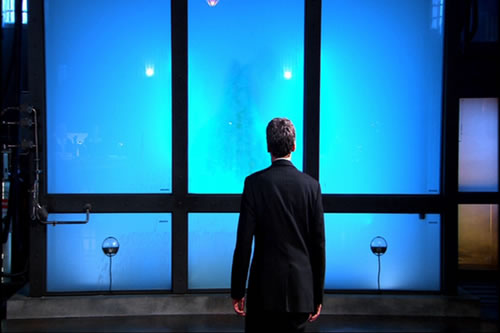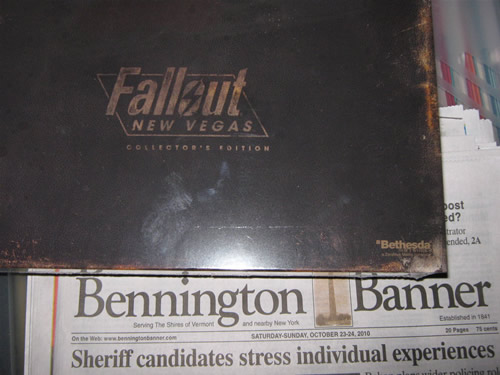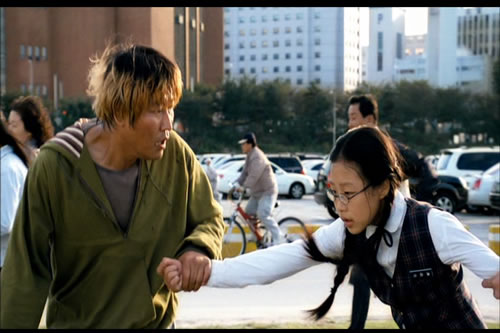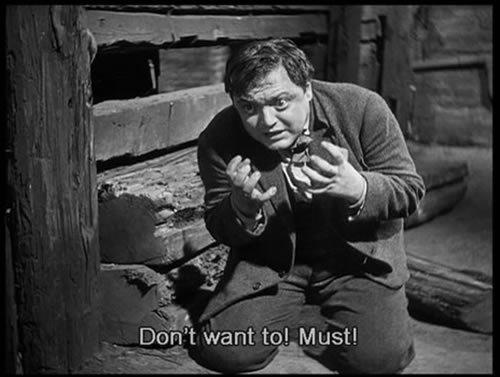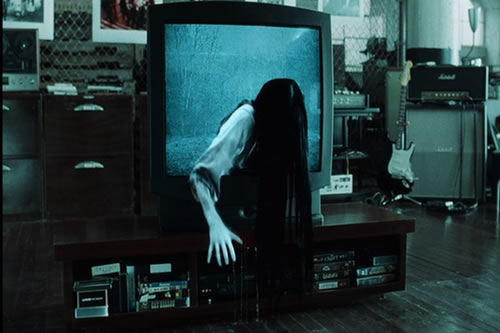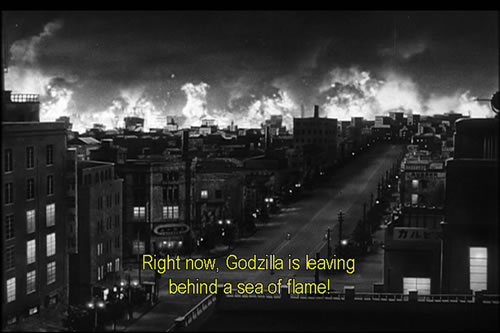The Kingdom Hospital remake really pointed out to me the amazing economy of the the original miniseries. There is no fat, no wasted scenes, no overlong belaboring of any points. Everything is there because it needs to be there. That said, it takes a little while to grow on the new viewer. You don’t even see the ghost for the first half an hour. But the story gathers momentum, and becomes an unstoppable juggernaut of creepiness.
The ghost story structure is very similar to the one in The Ring (Creepy Moment #5). One character perceives the cries of a child from beyond the grave, and sympathy compels her to help. The story is a mystery, with Mrs. Drusse discovering parts of the past and putting together what happened. Ghost stories are partially about the fear of death, and one of von Trier’s real innovations is setting the story in a hospital, perceived as many as a place of death. But more and more, ghost stories have become about the fear of dying badly.
Mary, it turned out, died very badly. Like the standard ghost, she wants to be found and buried. Chilling Moment #1 comes when we find her body.
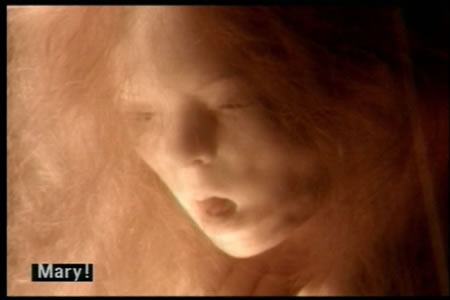
Have you ever seen someone creeped out so badly they ran out of the room? I've watched it happen at this reveal. And this was a television show; there's barely any blood, and there isn't a power tool in sight. To me, this is horror at its best; an emotional reaction elicited not through revulsion or disgust, but chilling horror born of sympathy.
